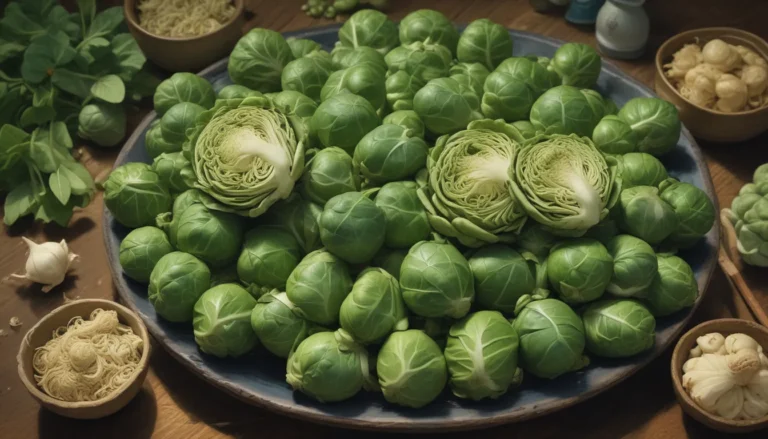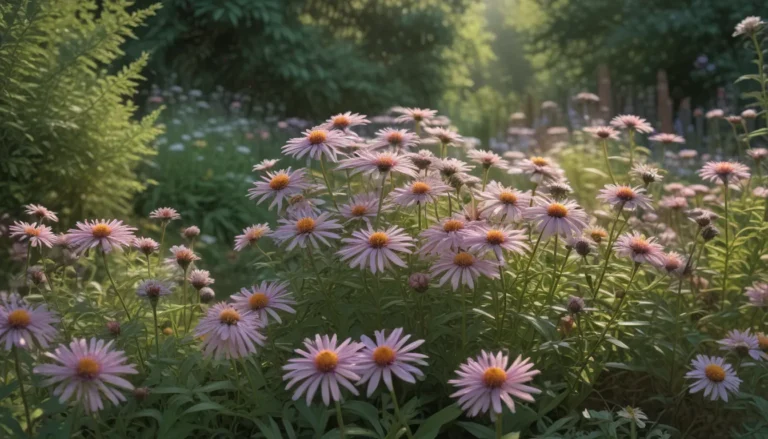The Complete Guide to Growing and Caring for Tulip Flowers

In the world of spring flowers, few can rival the beauty and diversity of tulips. If you’ve ever strolled through a botanical garden and marveled at their vibrant colors and unique shapes, now is the perfect time to bring that beauty into your own garden.
Tulips, scientifically known as Tulipa spp., belong to the Liliaceae family and are best suited for USDA Hardiness Zones 3 to 7. Whether you prefer the classic botanical species or the dazzling hybrid varieties, there’s a tulip for every garden.
Uncovering the History and Cultivation of Tulips
The story of tulips dates back to ancient times in the Ottoman Empire, where they were first cultivated in Turkey. By the 1500s, tulips made their way to the Netherlands, where they became a popular garden plant and the subject of various horticultural texts.
During the famous “tulip mania” of the 1600s, tulip bulbs became as valuable as houses, leading to a frenzy of buying and selling. Today, the Netherlands remains the largest producer of tulips, offering a wide range of varieties for gardeners to enjoy.
From early to late spring blooms, tulips come in all shapes, sizes, and colors, except for true blue. Whether you prefer solid colors, variegated patterns, fringed edges, or double rows of petals, there’s a tulip to suit every taste.
While some tulips are best grown as annuals, others can thrive as perennials with proper care and maintenance. By selecting healthy bulbs, planting them at the right time, and providing the necessary nutrients and water, you can enjoy a stunning display of tulips year after year.
Planting and Growing Your Tulips
Planting tulips is a straightforward process, but it’s essential to follow a few key steps to ensure their success.
- Timing: Plant bulbs in the fall when soil temperatures are between 40 to 50°F, or chill them in the refrigerator for six weeks before planting.
- Location: Choose a sunny spot with well-draining soil for optimal growth.
- Soil: Amend the soil with compost, sand, or gravel to achieve a loose, crumbly texture with a slightly acidic to neutral pH.
- Fertilizing: Apply bone meal and a balanced fertilizer at planting time, and repeat in the fall and spring for perennial varieties.
- Depth and Spacing: Plant bulbs at a depth of 3-6 inches, depending on the size of the bulb, and space them 2-6 inches apart.
- Moisture: Water thoroughly after planting and maintain consistent moisture levels throughout the growing season.
With proper care and attention, your tulips will reward you with a dazzling display of color and beauty.
Tips for Growing Healthy Tulips
To ensure your tulips thrive and bloom to their full potential, consider the following tips and strategies:
- Maintain well-draining soil to prevent rotting bulbs.
- Leave foliage on perennial tulips after flowering to support next year’s growth.
- Protect bulbs from pests by planting near daffodils or using wire mesh barriers.
- Provide adequate drainage for container-grown tulips and monitor soil moisture levels regularly.
- Avoid planting tulips near black walnut trees, as they are not compatible.
By following these simple guidelines, you can enjoy a magnificent display of tulips in your garden each spring.
Choosing the Right Cultivars for Your Garden
With a wide range of tulip varieties available, selecting the right cultivars can be a delightful experience. From early spring bloomers to late-season stunners, there’s a tulip for every garden style and preference.
Here are three exceptional cultivars to consider:
- Candy Apple Delight: a stunning bicolor Darwin Hybrid with red and white blooms.
- Honeymoon: a delicate fringed variety with white cup-shaped flowers.
- Apricot Parrot: an exotic parrot tulip in shades of pink, green, and cream.
When choosing tulip cultivars, consider factors such as height, bloom time, and color to create a beautifully balanced garden design.
Dealing with Pests and Diseases
While tulips are relatively low-maintenance plants, they can be susceptible to pests and diseases. By starting with healthy bulbs and providing optimal growing conditions, you can minimize the risk of infestations and infections.
Common pests to watch out for include aphids, bulb mites, slugs, snails, spider mites, and wireworms. To prevent damage, monitor plants regularly and apply natural remedies or insecticidal soap as needed.
In addition to pests, tulips can be affected by diseases such as basal rot, botrytis blight, and tulip mosaic virus. Proper sanitation, removal of infected plant material, and preventive measures can help reduce the risk of disease outbreaks.
By maintaining healthy, pest-free plants and following good gardening practices, you can enjoy a vibrant and disease-free tulip garden.
Best Uses for Tulips in Your Garden
Tulips are versatile plants that can be used in a variety of garden settings. From beds and borders to containers and window boxes, there are endless possibilities for incorporating tulips into your landscape.
Consider planting tulips in mass plantings for a bold statement, mixing different heights and colors for a dynamic display, or interplanting with other spring-blooming flowers for a harmonious garden design.
Tulips also make excellent cut flowers for floral arrangements. When cutting tulips, choose stems in the bud stage, make angled cuts for optimal water absorption, and change the water regularly to prolong their life in arrangements.
Whether you’re a seasoned gardener or a novice enthusiast, tulips offer endless possibilities for enhancing your outdoor space and creating a stunning floral display.
Conclusion: Embracing the Beauty of Tulips
From their fascinating history to their dazzling array of colors and shapes, tulips are a timeless favorite among gardeners worldwide. With a little care and attention, you can cultivate a thriving tulip garden that will brighten your spring landscape year after year.
So, whether you’re planting your first tulips or expanding an existing collection, remember to choose healthy bulbs, provide proper care and maintenance, and enjoy the beauty of these extraordinary flowers in your garden.
Share your favorite tulip varieties and gardening tips in the comments below, and let’s celebrate the enduring allure of tulips together. Happy gardening!





